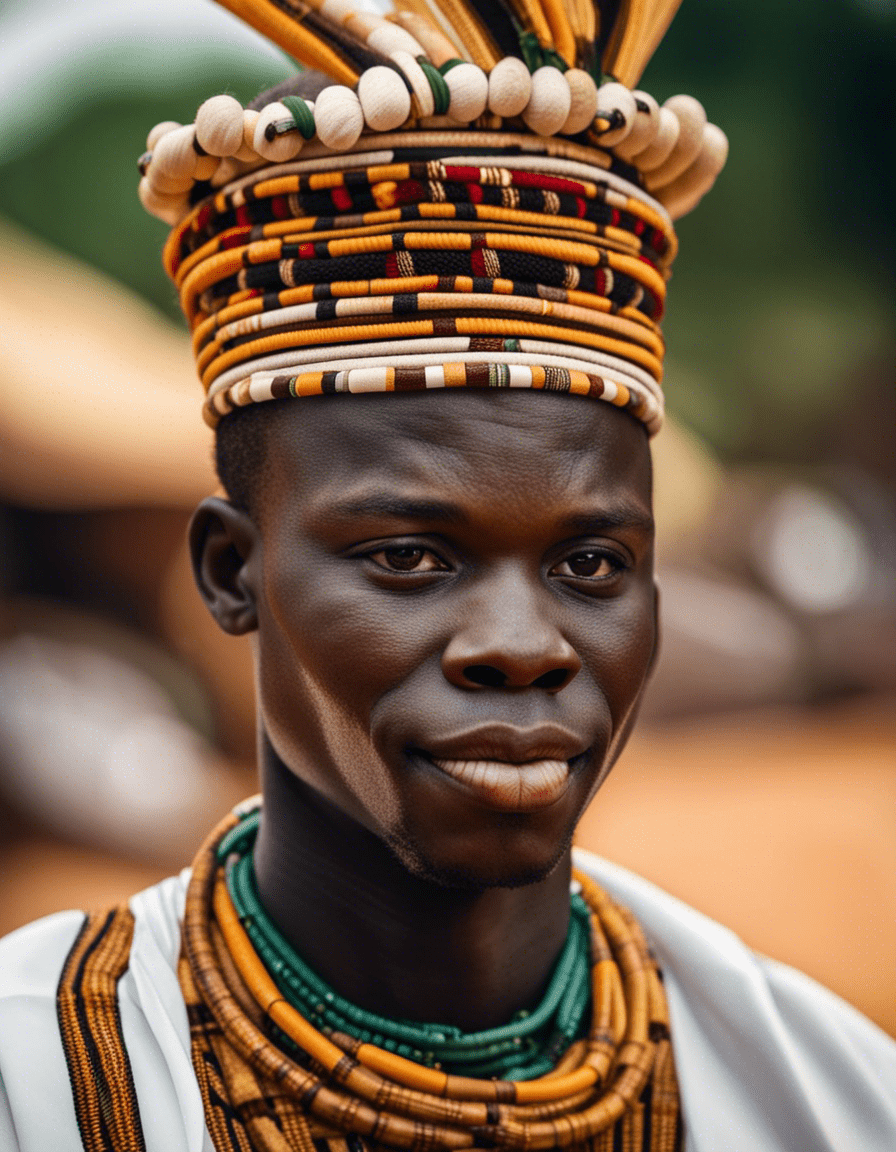
Guinea-Bissau is a small country located on the West Coast of Africa. It is bordered by Senegal to the north, Guinea to the south and east, and the Atlantic Ocean to the west. The country gained its independence from Portugal in 1974 and has since been striving to establish a stable government and economy. Despite its rich cultural heritage and natural resources, Guinea-Bissau remains one of the poorest countries in the world.
Guinea-Bissau is characterized by a diverse landscape, with low-lying coastal regions, swampy inland areas, and savannahs. The country is known for its numerous islands and archipelagos, including the Bijagos Archipelago, which is a UNESCO Biosphere Reserve. The climate is tropical with a wet and a dry season.
The population of Guinea-Bissau is estimated to be around 1.9 million people. The country is home to more than 20 ethnic groups, each with its own language and traditions. The official language is Portuguese, but Kriol, a Creole language, is widely spoken. The majority of the population practices Islam, followed by indigenous beliefs and Christianity.
The economy of Guinea-Bissau is largely based on agriculture, with cashew nuts being the main export product. Fishing and forestry also contribute to the economy. However, the country faces numerous challenges, including political instability, corruption, and inadequate infrastructure, which hinder economic development. Guinea-Bissau is heavily dependent on foreign aid.
Guinea-Bissau is a semi-presidential republic, with the President serving as the head of state and the Prime Minister as the head of government. The country has a multi-party system, but its political history has been marked by coups and political instability. Despite these challenges, Guinea-Bissau continues to work towards establishing a stable democratic system.
Education in Guinea-Bissau is compulsory for children between the ages of 7 and 13, but many children do not attend school due to poverty and other socio-economic factors. The literacy rate is relatively low, particularly among women. There are ongoing efforts to improve the education system, with support from international organizations.
| Cookie | Duration | Description |
|---|---|---|
| cookielawinfo-checkbox-analytics | 11 months | This cookie is set by GDPR Cookie Consent plugin. The cookie is used to store the user consent for the cookies in the category "Analytics". |
| cookielawinfo-checkbox-functional | 11 months | The cookie is set by GDPR cookie consent to record the user consent for the cookies in the category "Functional". |
| cookielawinfo-checkbox-necessary | 11 months | This cookie is set by GDPR Cookie Consent plugin. The cookies is used to store the user consent for the cookies in the category "Necessary". |
| cookielawinfo-checkbox-others | 11 months | This cookie is set by GDPR Cookie Consent plugin. The cookie is used to store the user consent for the cookies in the category "Other. |
| cookielawinfo-checkbox-performance | 11 months | This cookie is set by GDPR Cookie Consent plugin. The cookie is used to store the user consent for the cookies in the category "Performance". |
| viewed_cookie_policy | 11 months | The cookie is set by the GDPR Cookie Consent plugin and is used to store whether or not user has consented to the use of cookies. It does not store any personal data. |